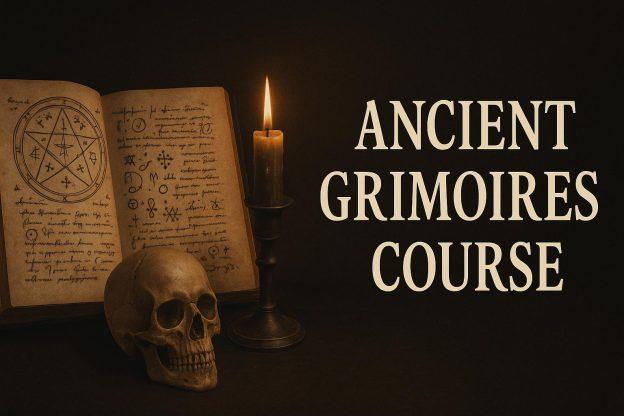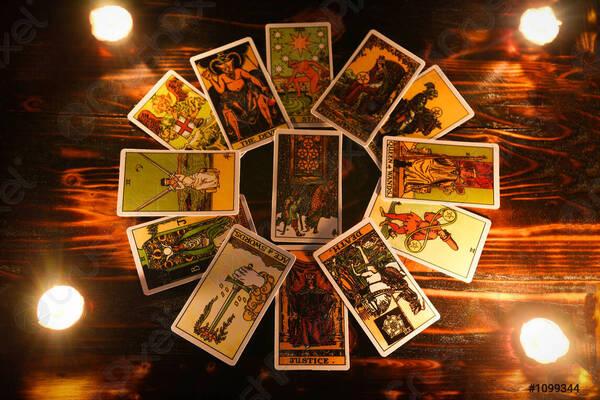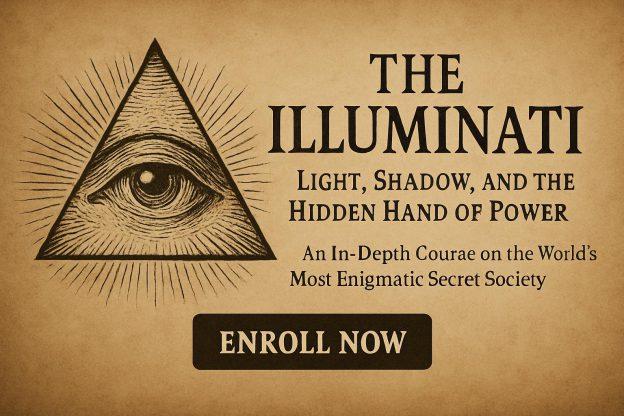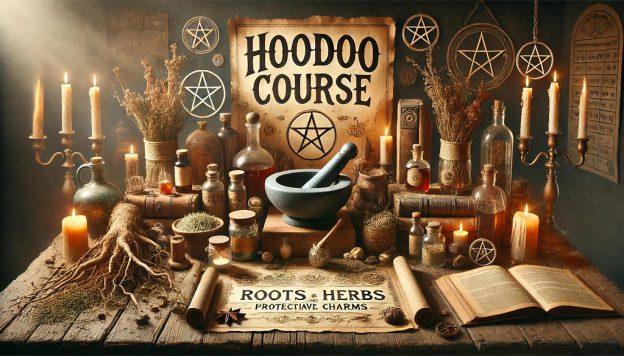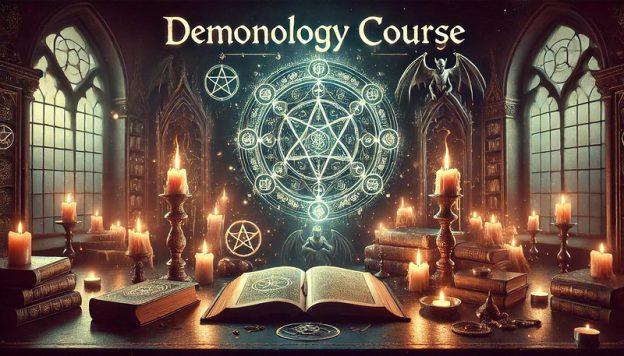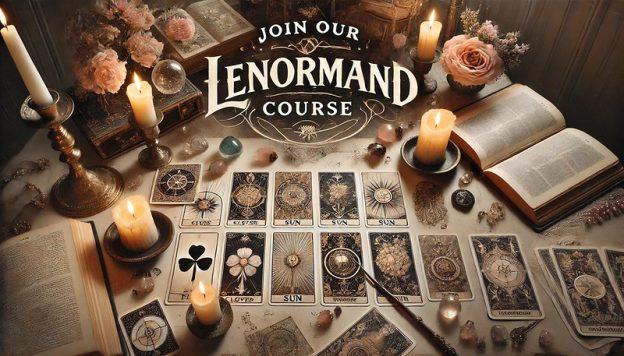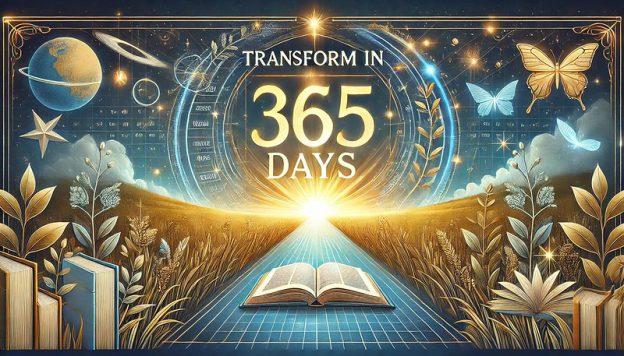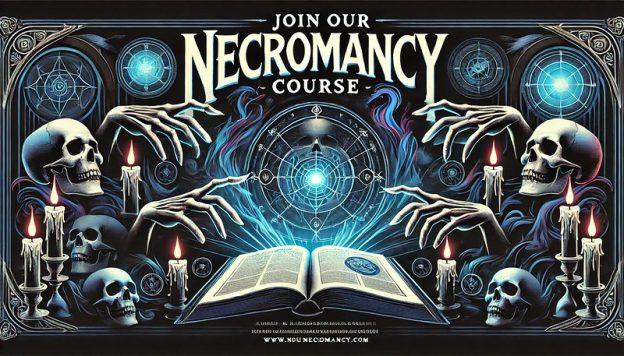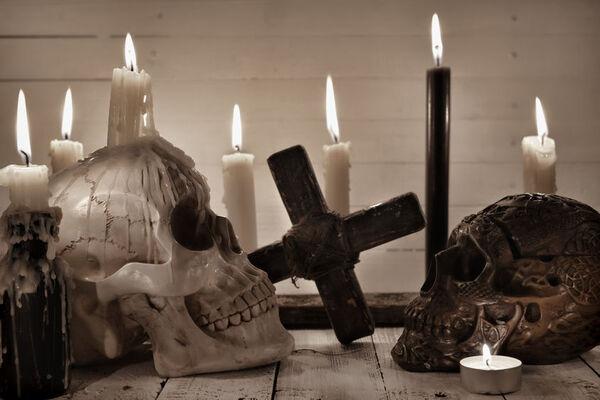Kleim
Kleim (Klic): The Demon of Earthquakes in the True Keys of Solomon
In the shadowy realms of demonology, Kleim (also known as Klic) emerges as a fearsome figure associated with earthquakes and destruction. Named in the True Keys of Solomon, a lesser-known grimoire attributed to the legendary King Solomon, Kleim serves under Sirachi, a high-ranking chief of Lucifer. His power over towns and houses, presumably through his ability to inspire earth tremors, makes him a formidable and terrifying entity. This article explores Kleim’s role, symbolism, and significance within the context of demonology and the True Keys of Solomon.
Origins and Context
The True Keys of Solomon is a grimoire that builds upon the traditions of the Key of Solomon (or Clavicula Salomonis), a medieval text attributed to King Solomon. While the Key of Solomon focuses primarily on ceremonial magic and the summoning of spirits, the True Keys of Solomon delves deeper into the hierarchies of demons and their specific powers.
Kleim is mentioned as a subordinate of Sirachi, who is described as one of Lucifer’s immediate chiefs. This places Kleim within a structured infernal hierarchy, where demons are organized according to their abilities and domains. Kleim’s association with earthquakes aligns him with natural disasters, a common theme in demonology, where demons are often linked to forces of destruction and chaos.
Characteristics and Powers
Kleim’s primary attribute is his power over earthquakes, which grants him dominion over towns and houses. His abilities and characteristics can be summarized as follows:
- Earthquakes and Tremors:
Kleim’s most notable power is his ability to cause or inspire earthquakes. In ancient and medieval cosmology, earthquakes were often seen as divine or demonic acts, reflecting the anger of gods or the machinations of evil spirits. Kleim’s control over these natural phenomena makes him a symbol of instability and destruction. - Destruction of Towns and Houses:
As a demon who can threaten towns and houses, Kleim embodies the vulnerability of human structures to natural forces. His power serves as a reminder of the fragility of civilization in the face of nature’s might. - Service to Sirachi:
Kleim’s allegiance to Sirachi, a chief lieutenant of Lucifer, places him within a broader hierarchy of demonic forces. This suggests that his actions are part of a larger agenda of chaos and corruption orchestrated by Lucifer and his followers. - Alternate Name: Klic:
The variation of Kleim’s name as Klic may reflect regional or linguistic differences in the transmission of the grimoire. Alternate names often arise as texts are copied and translated over time, leading to variations in spelling and pronunciation.
Symbolism and Interpretations
Kleim’s role as a demon of earthquakes carries rich symbolic meaning, both in the context of demonology and broader cultural interpretations:
- Chaos and Destruction:
Earthquakes are among the most destructive natural disasters, capable of leveling cities and causing widespread devastation. Kleim’s association with earthquakes aligns him with the forces of chaos and the fragility of human endeavors. - The Power of Nature:
In many traditions, natural disasters are seen as expressions of divine or demonic will. Kleim’s control over earthquakes reflects the ancient belief that such events are not random but are influenced by supernatural forces. - Moral and Spiritual Lessons:
Kleim’s destructive power serves as a cautionary tale about the consequences of moral and spiritual corruption. In the True Keys of Solomon, demons like Kleim are often invoked to remind practitioners of the dangers of dabbling in dark forces.
Ritual and Practical Considerations
In the True Keys of Solomon, summoning and controlling demons like Kleim requires strict adherence to ritual protocols. These include the use of seals, incantations, and protective measures to ensure the practitioner’s safety. Given Kleim’s destructive powers, summoning him would be considered highly dangerous and is likely discouraged except by the most experienced and knowledgeable practitioners.
- Seals and Sigils:
Kleim, like other demons in the grimoire, would have a specific seal or sigil used to summon and control him. These symbols are often intricate and must be drawn with precision. - Protective Measures:
Practitioners would need to employ protective circles, invocations of divine names, and other safeguards to prevent Kleim from turning his destructive powers against them. - Ethical Concerns:
The True Keys of Solomon emphasizes the ethical and spiritual risks of working with demons. Summoning a being like Kleim, whose powers are inherently destructive, would carry significant moral implications.
Cultural and Modern Relevance
While Kleim is a relatively obscure figure in demonology, his association with earthquakes and destruction resonates with contemporary concerns about natural disasters and their impact on human life. In modern occultism, Kleim might be interpreted as a symbol of the uncontrollable forces of nature or as an archetype of chaos and upheaval.
In literature and popular culture, demons associated with natural disasters often serve as metaphors for humanity’s vulnerability and hubris. Kleim’s story could inspire characters or themes in fantasy, horror, or apocalyptic fiction.
The Tremors of Kleim
Kleim, the demon of earthquakes, stands as a powerful symbol of destruction and chaos in the True Keys of Solomon. His ability to inspire earth tremors and threaten towns and houses underscores the fragility of human civilization in the face of natural and supernatural forces.
As a servant of Sirachi and Lucifer, Kleim’s role in the infernal hierarchy reflects the broader themes of demonology, where evil is organized and purposeful. His story serves as a reminder of the dangers of unchecked power and the importance of respecting the forces that shape our world.
“Beware the rumble beneath your feet, for it may be the whisper of Kleim, the demon who shakes the foundations of the earth.”
—Adapted from the True Keys of Solomon
SEE ALSO:
SOURCE:
The Dictionary of Demons written by Michelle Belanger.
NOTE:
Edited and revised for the Web by Occult Media, the 22nd of April 2021. We use British English spelling.
